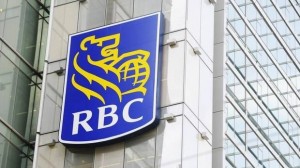RBC withdrew from Alibaba IPO
Careless talk can lead to a loss as great as $25 billion US dollars.
Royal Bank of Canada was one of the 35 banks that brought out Alibaba IPO, but it decided to voluntarily withdrew from this deal. Released on Tuesday, RBC said that it pulled out of its co-underwriting role in Alibaba’s Sept.19 Market debut because an “employee unrelated to the Alibaba IPO process inadvertently made a comment about the transaction”. [1]
Unfortunately, RBC can no longer sell any of Alibaba’s shares to its customers due to the strict rules under the U.S. federal securities laws around the marketing of IPS. During the so-called “quiet period” before one company going public, those related with the deal are legally not allowed to talk about or promote the stock before the offering. [2]
It’s an unfortunate loss to RBC since Alibaba broke the record as the world’s largest-ever stock market flotation with 38% gain on the first day of trading, and then it reached $100 a share later on Tuesday.[3] Moreover, this situation also leads to a bigger concern of RBC’s reputation for confidentiality and securities. It’s very important for companies like banks to be aware of the regulations under the federal laws, especially when dealing with securities and stock issues.
Watch a video here: https://www.youtube.com/watch?v=DxuGNi8FPsw
Blogs can also affect stock market : http://www.theguardian.com/world/2009/jan/22/south-korean-blogger-minerva-prosecution





